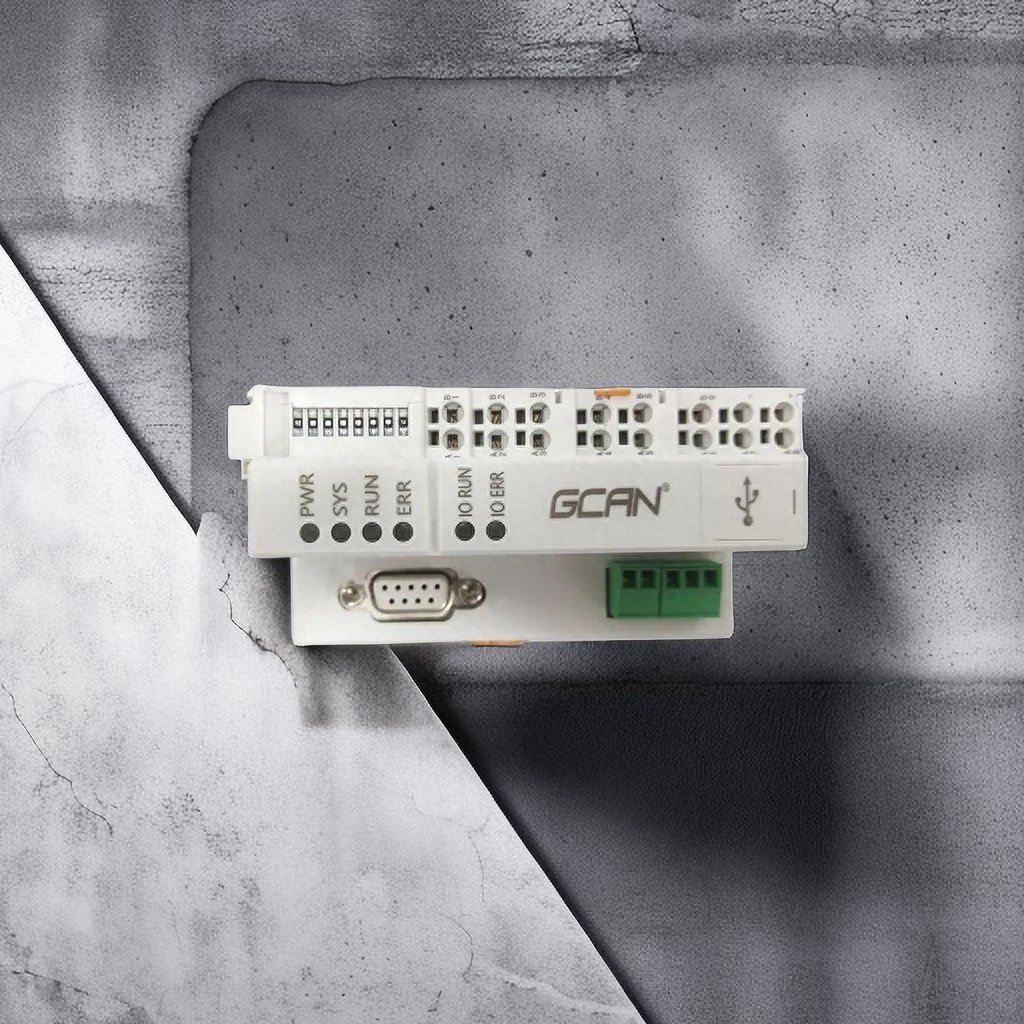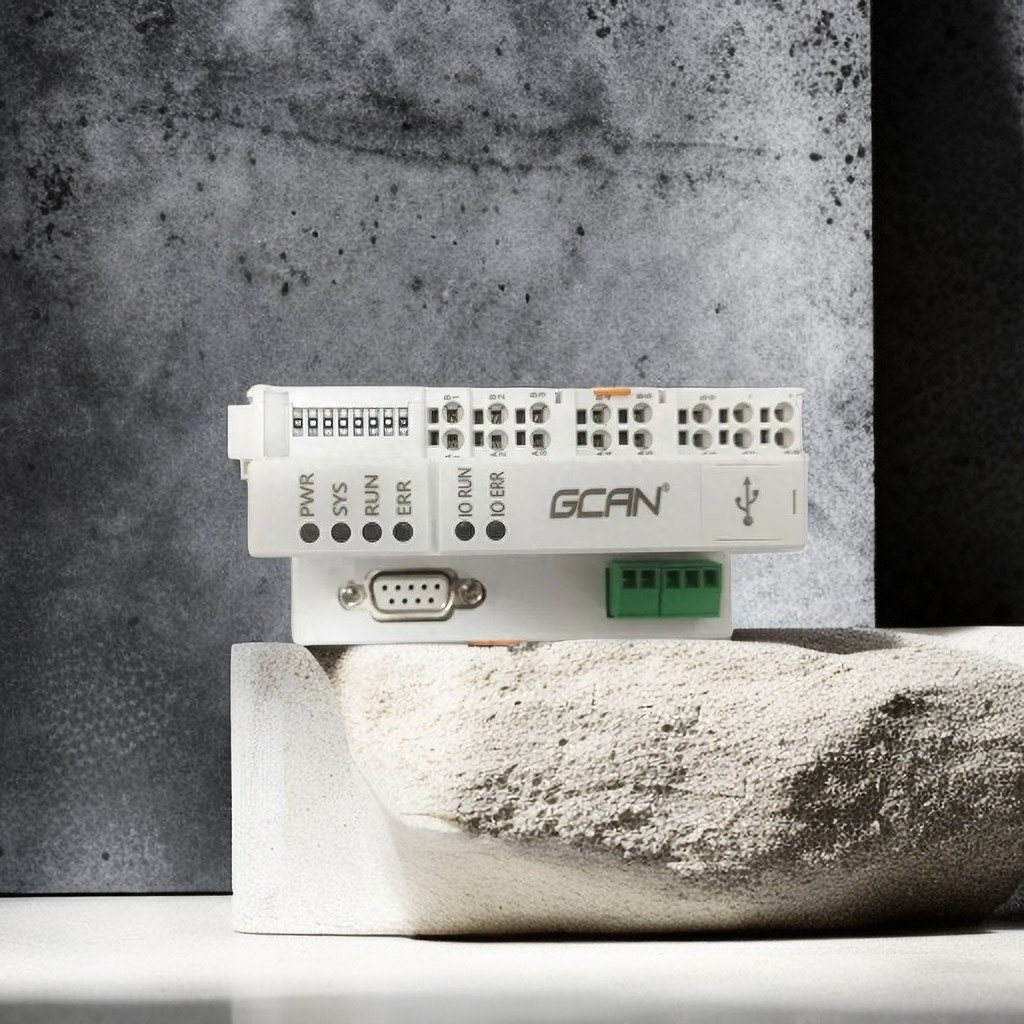PLC 엔지니어 또는 구매자는 PLC와 관련된 잠재적인 물리적 위험을 인식하는 것이 중요합니다. 이러한 위험을 이해하고 예방 조치를 취하면 직원과 장비 모두의 안전을 보장할 수 있습니다. PLC가 직면하는 다양한 유형의 물리적 위험과 이를 방지하는 방법을 살펴보세요.
1. 전기적 위험
PLC로 작업할 때는 감전이 가장 큰 문제입니다. 활선을 부적절하게 만지거나 전도성 부품에 접촉하거나 절연 상태가 좋지 않은 부품으로 작업할 경우 심각한 부상을 입을 수 있습니다. 유지보수 또는 문제 해결 작업을 수행하기 전에 항상 적절한 전기 안전 절차를 따르고, 절연 장갑을 착용하고, 시스템의 전원을 차단하세요.
2. 기계적 위험
PLC는 종종 움직이는 부품과 기계로 구성되어 있습니다. 조립, 유지보수 및 디버깅 과정에서 손가락, 손 또는 기타 신체 부위가 회전하는 부품, 움직이는 부품 또는 날카로운 모서리에 끼이거나 절단, 관통 또는 부상을 입지 않도록 주의해야 합니다. 항상 적절한 개인 보호 장비(PPE)를 사용하고 기계를 적절히 보호하세요.


3. 열 위험
PLC는 종종 고출력 전기 장비와 함께 사용되기 때문에 상당한 열을 발생시킬 수 있습니다. 적절한 보호 장비나 안전한 작업 방법 없이 뜨거운 표면과 접촉하거나 열 복사에 노출되면 화상을 입을 수 있습니다. 항상 내열 장갑을 착용하고 뜨거운 표면으로부터 안전한 거리를 유지하며 작업 공간에 적절한 환기가 이루어지도록 하세요.
4. 화학적 위험
특정 산업 환경에서는 PLC가 화학물질이나 부식성 물질에 노출될 수 있습니다. 부적절하게 취급하거나 적절한 보호 장비를 착용하지 않으면 화학 화상이나 기타 화학적 부상을 입을 수 있습니다. 작업 공간에 존재하는 화학 물질을 숙지하고, 적절한 환기 장치를 사용하고, 적절한 PPE를 착용하고, 안전 지침과 프로토콜을 따르세요.
5. 먼지 및 이물질 위험
산업 환경에는 종종 상당한 양의 먼지, 입자 또는 기타 불순물이 존재합니다. PLC 내부 또는 주변에 이러한 입자가 쌓이면 단락, 냉각 불량, 기계 부품 고장, 심지어 화재 또는 폭발 위험으로 이어질 수 있습니다. 정기적인 청소, 적절한 유지보수, 방진 인클로저를 사용하면 이러한 위험을 완화하는 데 도움이 될 수 있습니다.
PLC로 작업할 때는 항상 안전을 최우선으로 생각해야 한다는 점을 기억하세요. 잠재적인 신체적 위험을 인식하고 적절한 예방 조치를 취함으로써 자신과 동료에게 안전한 작업 환경을 보장할 수 있습니다.
